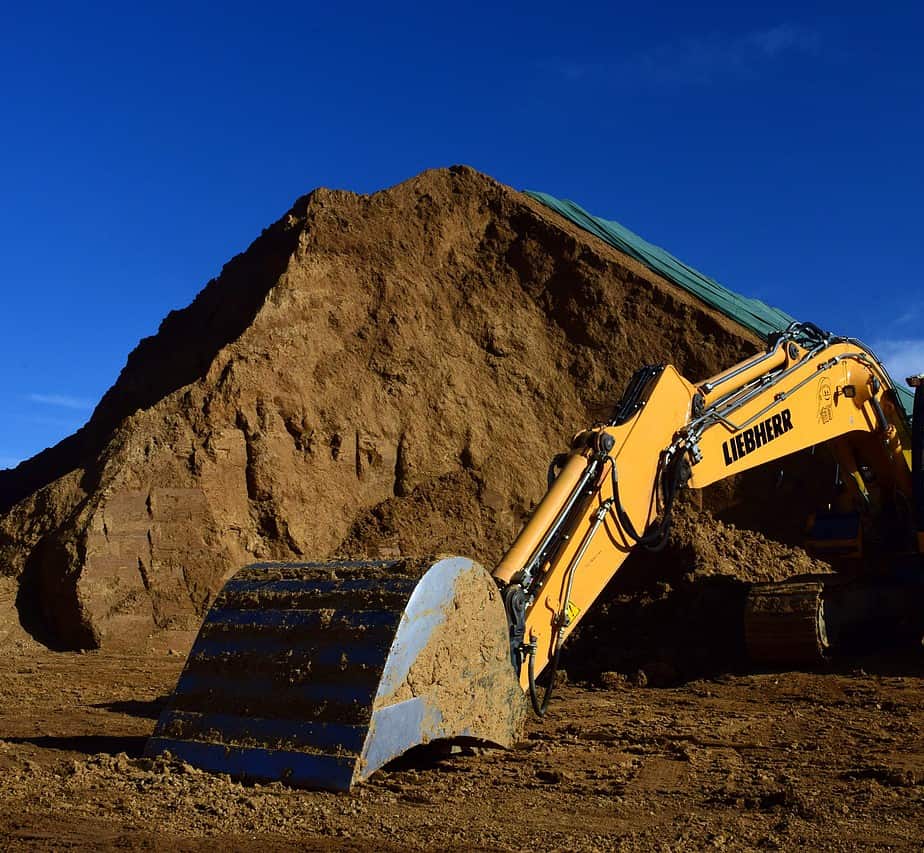
Introduction
Farm dams are essential for agricultural operations, providing water for irrigation, livestock, and various farm activities. However, ensuring the structural integrity of these dams is crucial to prevent catastrophic failures that can lead to property damage, environmental pollution, and even loss of life. In this blog post, we will explore important steps and best practices to ensure the safety and structural integrity of farm dams. By following these guidelines, farmers and landowners can maintain a reliable water supply while prioritizing the safety of their operations and surrounding communities.
Understanding the Importance of Structural Integrity
The structural integrity of a farm dam refers to its ability to withstand internal and external forces without compromising its stability. Over time, factors such as water pressure, weather conditions, erosion, and inadequate maintenance can weaken the dam’s structure, increasing the risk of failure. Ensuring structural integrity is essential to avoid potential disasters, protect valuable assets, and preserve the surrounding ecosystem.
Regular Inspections and Maintenance
Regular inspections are the cornerstone of farm dam safety. Conduct thorough inspections at least once a year or after significant weather events. Look for signs of erosion, cracks, seepage, or vegetation growth that could indicate underlying issues. Inspect spillways, embankments, and outlets for any damage or blockages. Prioritize repairs and maintenance promptly to prevent further deterioration.
Proper Design and Construction
When building a farm dam, it’s vital to adhere to proper design and construction practices. Consult with experienced engineers or professionals familiar with dam construction to ensure compliance with local regulations and best practices. Factors such as soil type, slope stability, and water flow patterns should be carefully considered during the design phase. Adequate spillways and overflow systems must be in place to manage excess water during heavy rainfall.
Erosion and Vegetation Control
Uncontrolled erosion and vegetation growth can compromise the integrity of a farm dam. Implement erosion control measures such as grass seeding, retaining walls, or riprap to stabilize the dam’s surroundings. Regularly monitor and maintain vegetation around the dam, ensuring that tree roots do not penetrate the embankment and cause structural damage.
Monitoring Water Levels
Monitoring water levels is essential for both the dam’s structural integrity and efficient water management. Implement an automated monitoring system that provides accurate and real-time data on water levels. Regularly inspect and maintain water level gauges, ensuring their accuracy and functionality. Establish an emergency response plan to manage water levels during heavy rainfall or sudden inflows.
Educate and Train Farm Personnel
Proper education and training are crucial for farm personnel involved in dam maintenance and operation. Provide comprehensive training on dam safety protocols, emergency procedures, and routine maintenance tasks. Encourage a culture of safety and empower employees to report any concerns or observed issues promptly.
Conclusion
Farm dam safety should be a top priority for every agricultural operation. By ensuring the structural integrity of these vital water reservoirs through regular inspections, proper design and construction, erosion control measures, water level monitoring, and comprehensive training, farmers can mitigate risks and protect their investments. Remember, a well-maintained farm dam not only ensures a reliable water supply but also safeguards the surrounding environment and communities. By implementing the recommended practices and prioritizing safety, farmers can enjoy the benefits of a structurally sound farm dam for years to come.
